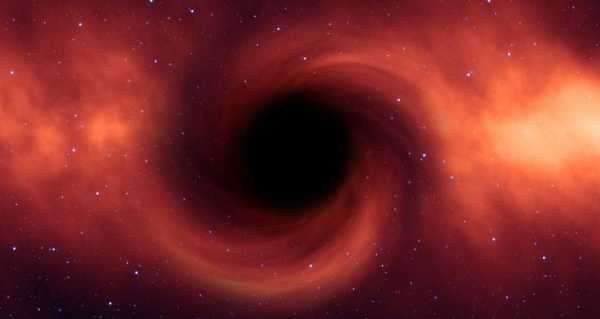
Scientists have outlined the essential conditions for humans to travel inside a black hole and stay safe and sound, however fishy the idea may seem.
An adventurous human may indeed attempt to venture into the interior world of a black hole and thereby satisfy their curiosity, on the condition it is a supermassive and isolated one, and the person entering this vortex doesn’t look to instantly record their findings, as follows from a report in the Conversation penned by physicists Leo Rodriguez and Shanshan Rodriguez.
The scientists portrayed the objects as “essential ingredients” in the evolution of the Universe, from the Big Bang, whereby an initially small singularity inflated over the next 13.8 billion years to the cosmos of today. The black holes could have had an influence on the formation of human life in our own galaxy in particular, the scientists concluded, singling out at least two in a variety of their types – non-rotating electrically neutral black holes, and supermassive ones, with a mass exceeding that of our Sun by millions or even billions of times.
What also makes them worlds apart is the distance from their centre to their so-called “event horizon”, or in other words, radial distance.
The latter is literally the point of no return, as anything that passes this point is sure to be sucked into the black hole and thus forever vanish from our known Universe, our own galaxy and others alike.
For instance, when pulled into a stellar-size black hole, humans would likely get much closer to the black hole’s centre, where the peak of gravitational pull actually is, as compared to falling into a supermassive one. In the first case, humans, as they approach the event horizon, will experience a tremendously larger pull on their feet (when falling feet first), than on their head, ultimately undergoing “spaghettification”, as the scientists put it. Such stretching would hardly let them survive, they added.
On the contrary, humans falling into a supermassive black hole would reach the event horizon much farther from the epicentre of gravitational pull, meaning that the difference in gravitational pull between head and toe is minute, and the researchers would float painlessly in such a black hole.
Among other important aspects emphasised by the authors of the report is the immediate surrounding of black holes, namely, very hot disks of material, mostly comprised of gas and dust or objects like stars and planets that got too close to the horizon, being on the verge of also falling into the black hole.
The disks are typically referred to as accretion disks and are known to have scorching surface temperatures and for being extremely turbulent, posing a danger to human life.
To safely enter a black hole, you would need to opt for a supermassive one that is completely isolated, with no surrounding material, gas, or even stars potentially heading to its depths, the authors noted.
Sourse: sputniknews.com






